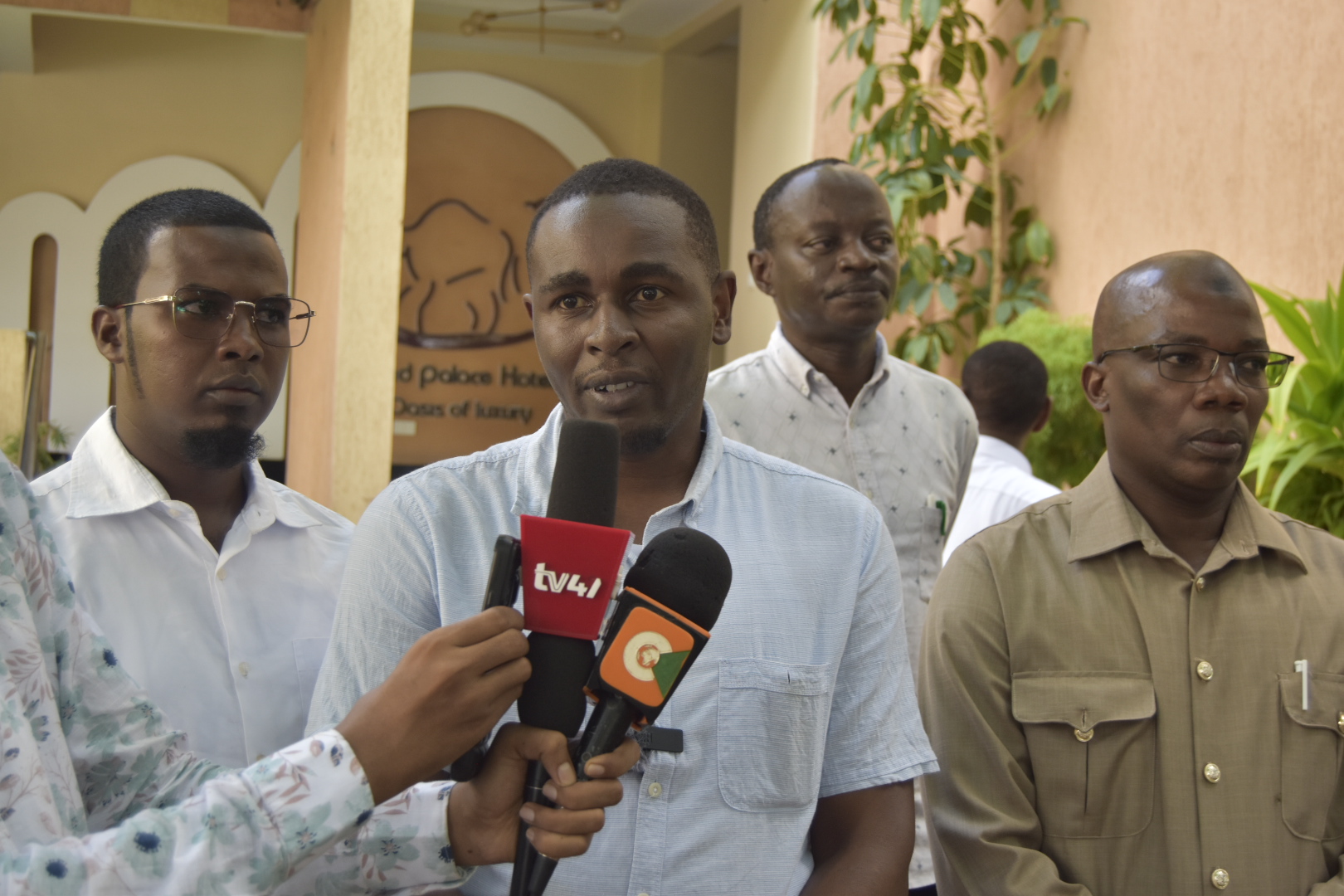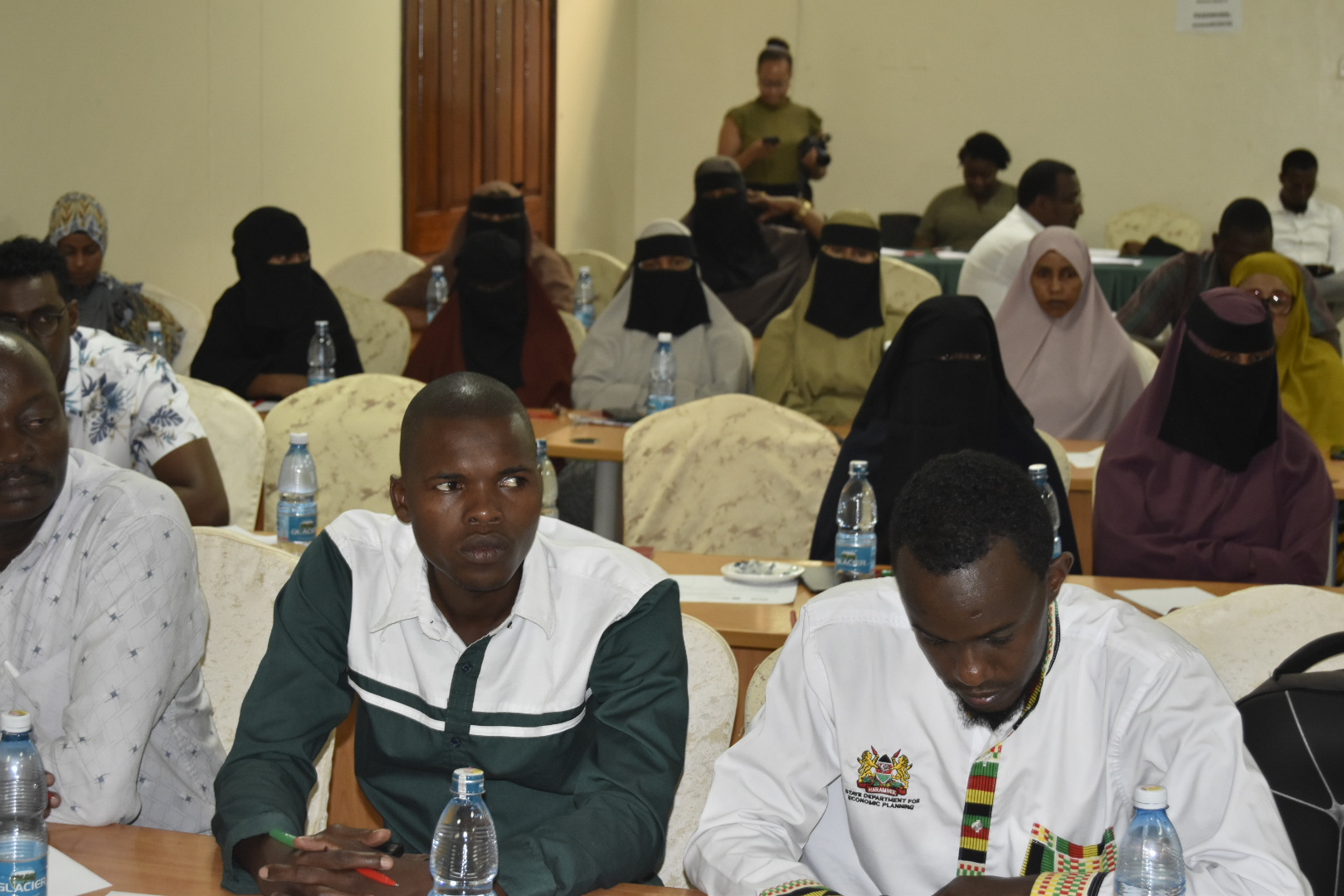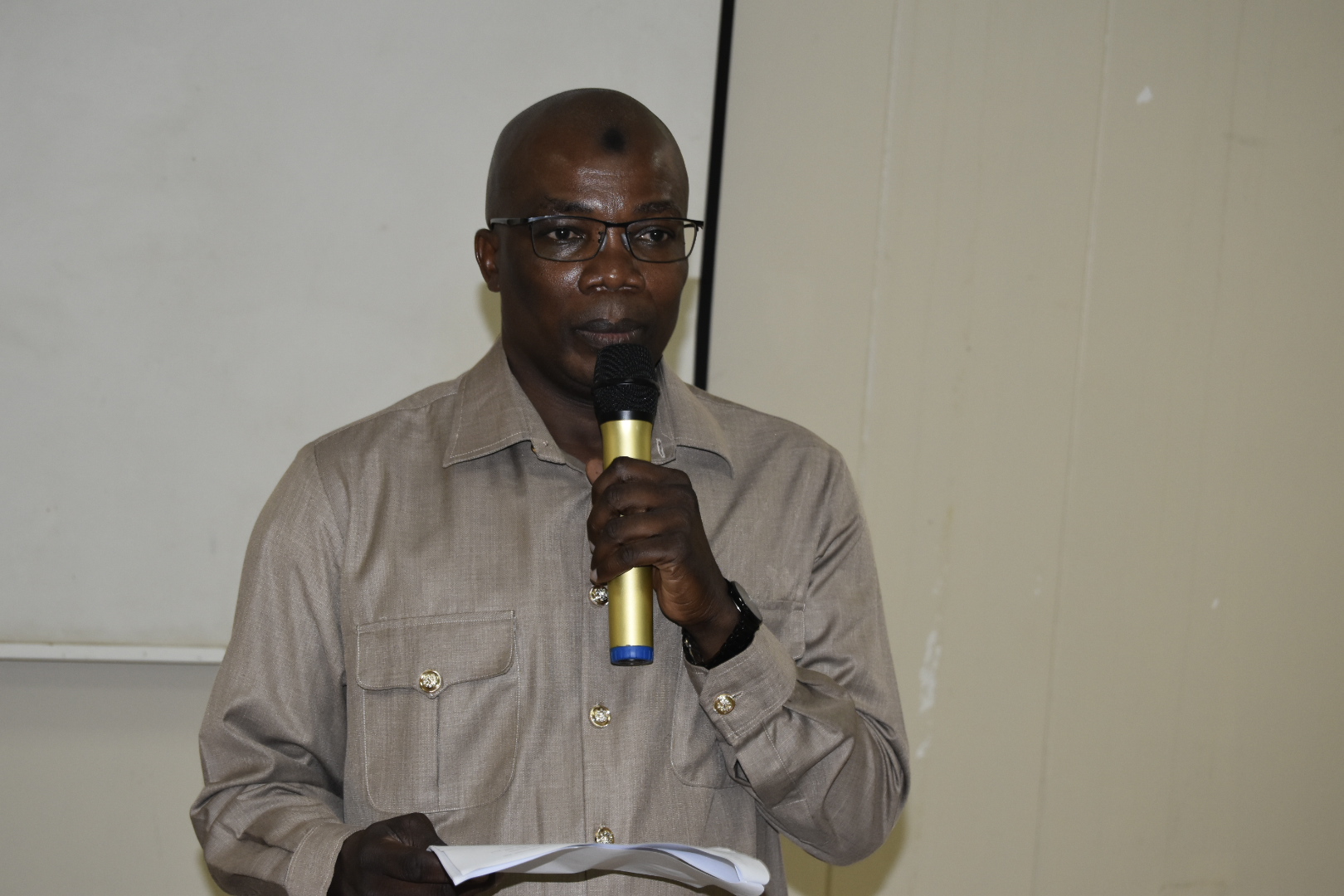
The newly proposed draft Micro, Small, and Medium Enterprises (MSME) Policy 2025 is expected to provide a range of strategies to support MSMES.
Renold Njoe, Acting Director of Planning, Partnerships, and Advocacy at the Small Enterprise Authority, said the policy was developed through a consultative process. A technical working group identified key challenges affecting the previous Act and gaps in the previous policy.
Speaking in Garissa during a public participation exercise, Njoe said the policy highlights various challenges, including access to finance, markets, and decent, affordable infrastructure.
“One of the gaps we identified during our review is that most of our MSMES do not survive to their fifth year. Many stagnate—they remain micro-enterprises and fail to transition to small, medium, or large enterprises,” he said.
He added, “This policy framework provides interventions that we, as government, stakeholders in the MSME ecosystem, and development partners, can utilize to support MSMEs in transitioning from micro to small and eventually to medium enterprises.”

Garissa County Commissioner Mohamed Mwabudzo noted that the majority of Kenya’s population relies heavily on MSMEs for income generation and wealth creation.
“The MSME sector is the backbone of our economy. It contributes approximately 40% to our Gross Domestic Product, comprises over 90% of private businesses, and provides livelihoods for 97% of our workforce. Supporting this sector is not just an economic necessity—it is essential for realizing the vision of a more equitable, resilient, and prosperous Kenya,” he said.
“This country must grow, and growth can only be achieved if we all play an active role. The time of free income is long gone. We must engage in creating wealth and jobs,” he added.
Mwabudzo thanked the technical teams, stakeholders, and partners involved in the policy's development, noting that their commitment and expertise have laid the foundation for a policy that will guide decision-making, planning, resource mobilization, and impact evaluation over the next five years.

Once approved, the policy will apply to both national and county governments, as well as MSMEs and the broad network of supporting institutions, including private sector entities, development partners, and other non-state actors involved in MSME development.
At the national level, the policy will guide strategic planning, regulatory frameworks, and resource allocation to foster a supportive ecosystem for MSMEs.
At the county level, it will inform policy development, address localised implementation, build capacity, improve infrastructure, and enhance market access tailored to regional needs.
According to the Kenya National Bureau of Statistics MSME Survey of 2016, there are over 7.4 million MSMES in Kenya, employing more than 14.4 million people across all sectors, contributing approximately 33.8% to the national GDP in 2015.
According to a UNDP and MSEA report on the impact of COVID-19 on Kenyan MSMEs, the sector’s contribution to GDP has since grown to 40%.
The MSME sector creates around 800,000 jobs annually, offering opportunities to absorb low-skilled and economically excluded individuals—including youth, women, persons with disabilities, and those with low levels of education.










